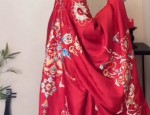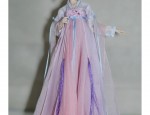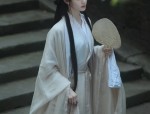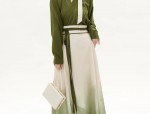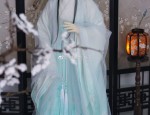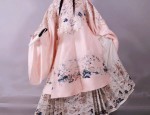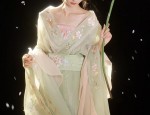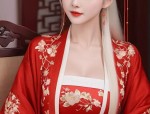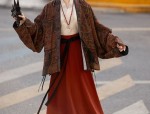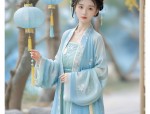Reinventing Hanfu:The Evolution of Traditional Chinese Elements in Modern Fashion
Article Content:
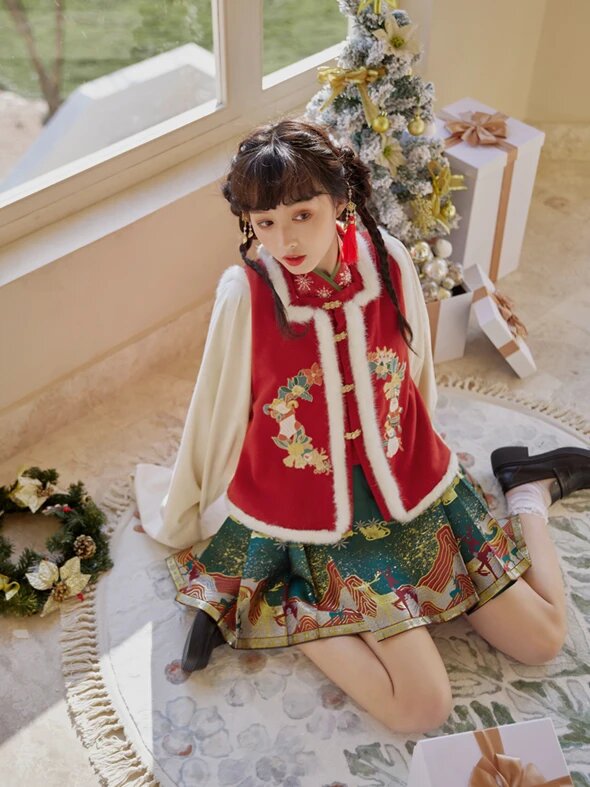
Reinventing Hanfu: The Evolution of Traditional Chinese Elements in Modern Fashion
For thousands of years, the Hanfu has been a symbol of Chinese culture and tradition. It represents a unique blend of art, history, and philosophy that has been passed down through generations. However, in recent years, we have seen a revival of interest in Hanfu, not just as a historical garment but as a modern fashion statement. This revival involves the reimagining and improvement of traditional Hanfu designs with modern Elements and contemporary sensibilities, particularly the infusion of modern fashion with traditional Hanfu elements.
Since the dawn of the 21st century, designers from around the world have taken notice of the beauty and intricate details of Hanfu. They have incorporated various elements of Hanfu into their designs, paying homage to its rich history and cultural significance. However, this isn’t just about copying old designs; it’s about reimagining them for a modern audience.
In this modern era of globalization and cultural exchange, Hanfu has undergone a transformation. Designers are blending traditional elements with contemporary fashion to create new styles that are both traditional and modern. This blend is evident in the use of traditional patterns, colors, and materials combined with contemporary cuts and styles. The result is a garment that not only pays homage to the past but also caters to the tastes of the modern consumer.
One of the most significant aspects of this transformation is the use of traditional Hanfu elements in modern designs. For instance, designers are incorporating patterns like dragon and phoenix motifs, which are symbols of good luck and prosperity in Chinese culture, into their designs. These patterns are often used in traditional Hanfu but are now being reworked into modern designs that are suitable for everyday wear.
Another aspect is the use of traditional materials like silk and cotton in modern Hanfu designs. These materials are not only comfortable but also provide a sense of authenticity to the garment. By using these materials, designers are able to create a seamless blend between traditional and modern elements.
Moreover, designers are also exploring new ways to wear Hanfu. Instead of following traditional rules about wearing specific styles for specific occasions, modern wearers are experimenting with different ways to wear Hanfu, making it more versatile and adaptable to different lifestyles. This openness to experimentation has opened up a new world of possibilities for designers who are now able to create unique and innovative designs that cater to a wider audience.
The infusion of traditional Hanfu elements into modern fashion has not only brought back interest in this traditional garment but has also provided designers with a new creative outlet. By blending traditional elements with contemporary fashion, designers are able to create unique and beautiful designs that cater to a wide range of tastes and lifestyles. This blend of traditional and modern elements not only provides a sense of authenticity but also ensures that Hanfu remains relevant and fashionable in today’s world.
In conclusion, the revival of Hanfu is not just about recreating old designs but about reimagining them for a modern audience. By blending traditional elements with contemporary fashion, designers are able to create beautiful and unique designs that pay homage to the past but cater to the tastes of the present. This blend represents a perfect fusion of tradition and modernity, ensuring that Hanfu remains a relevant part of our cultural heritage and continues to inspire future generations.

 Previous Post
Previous Post

